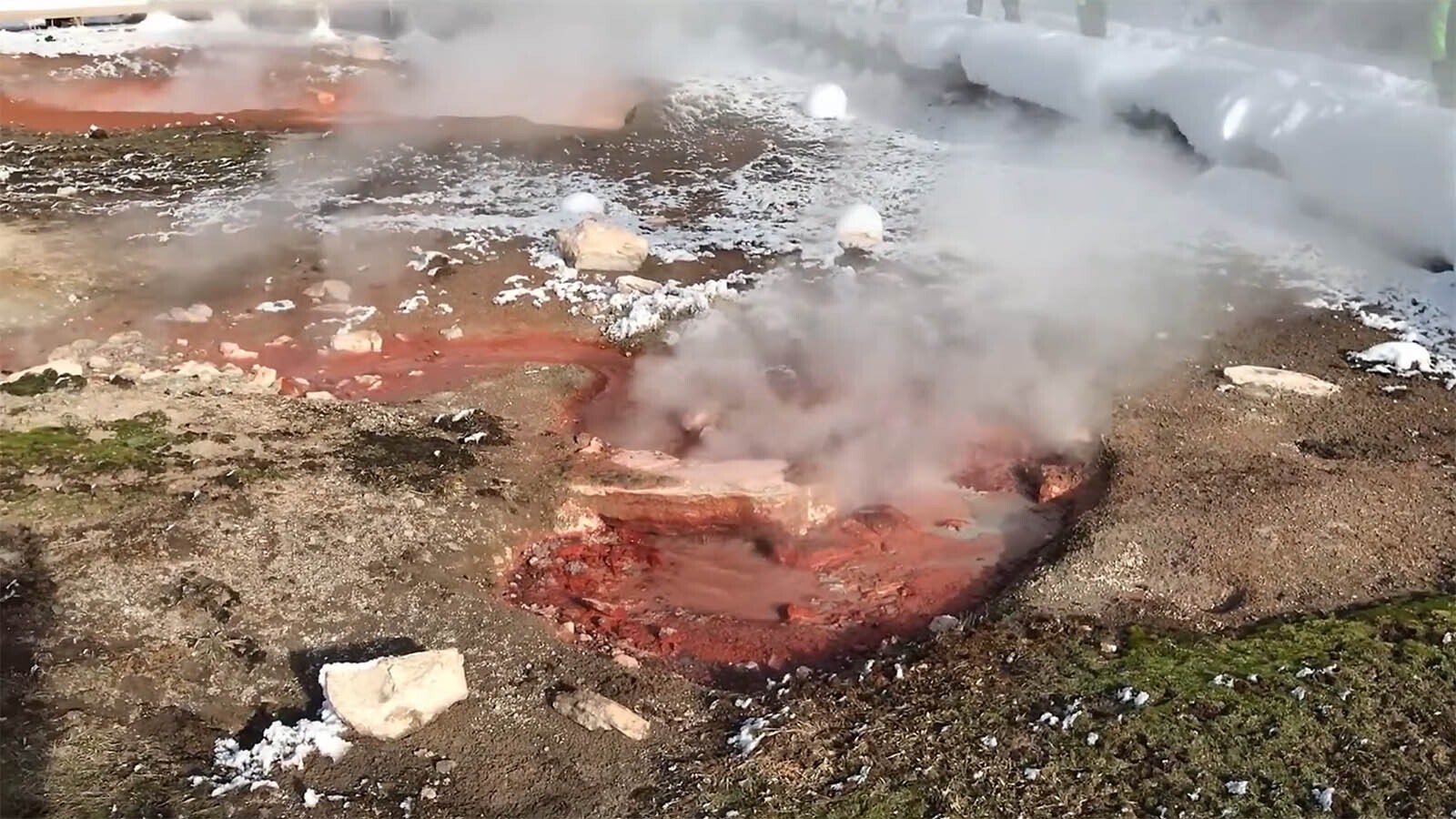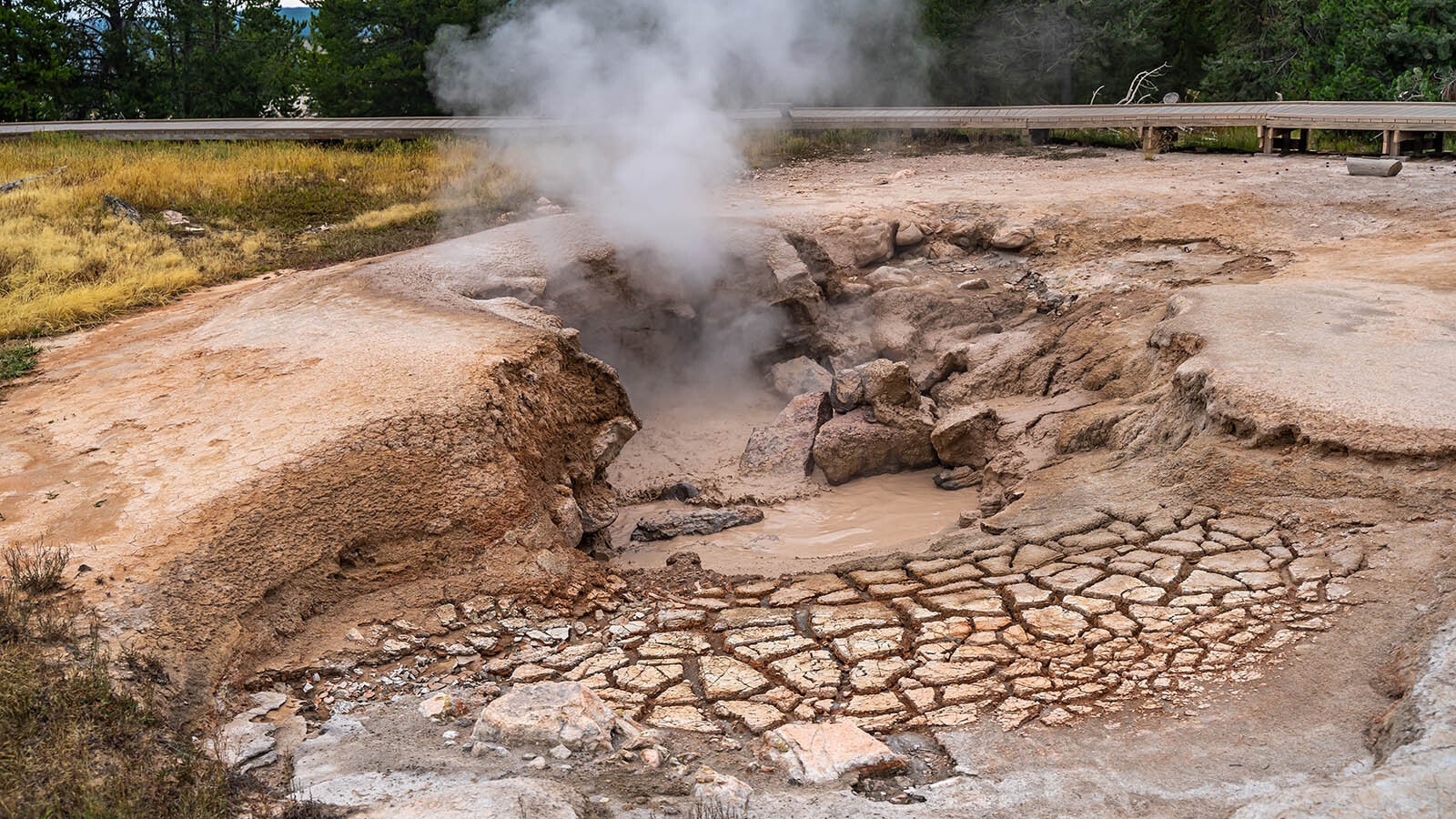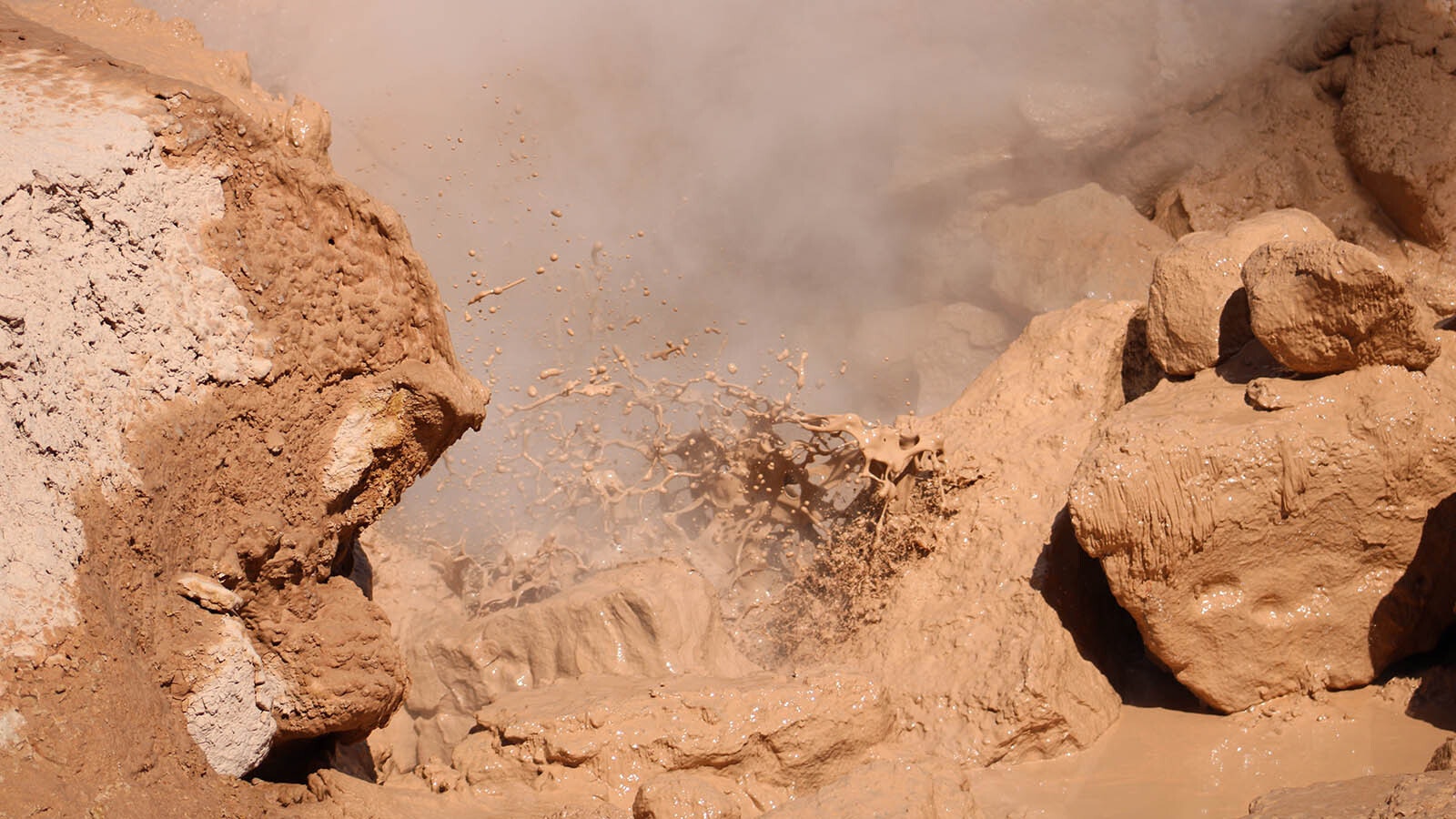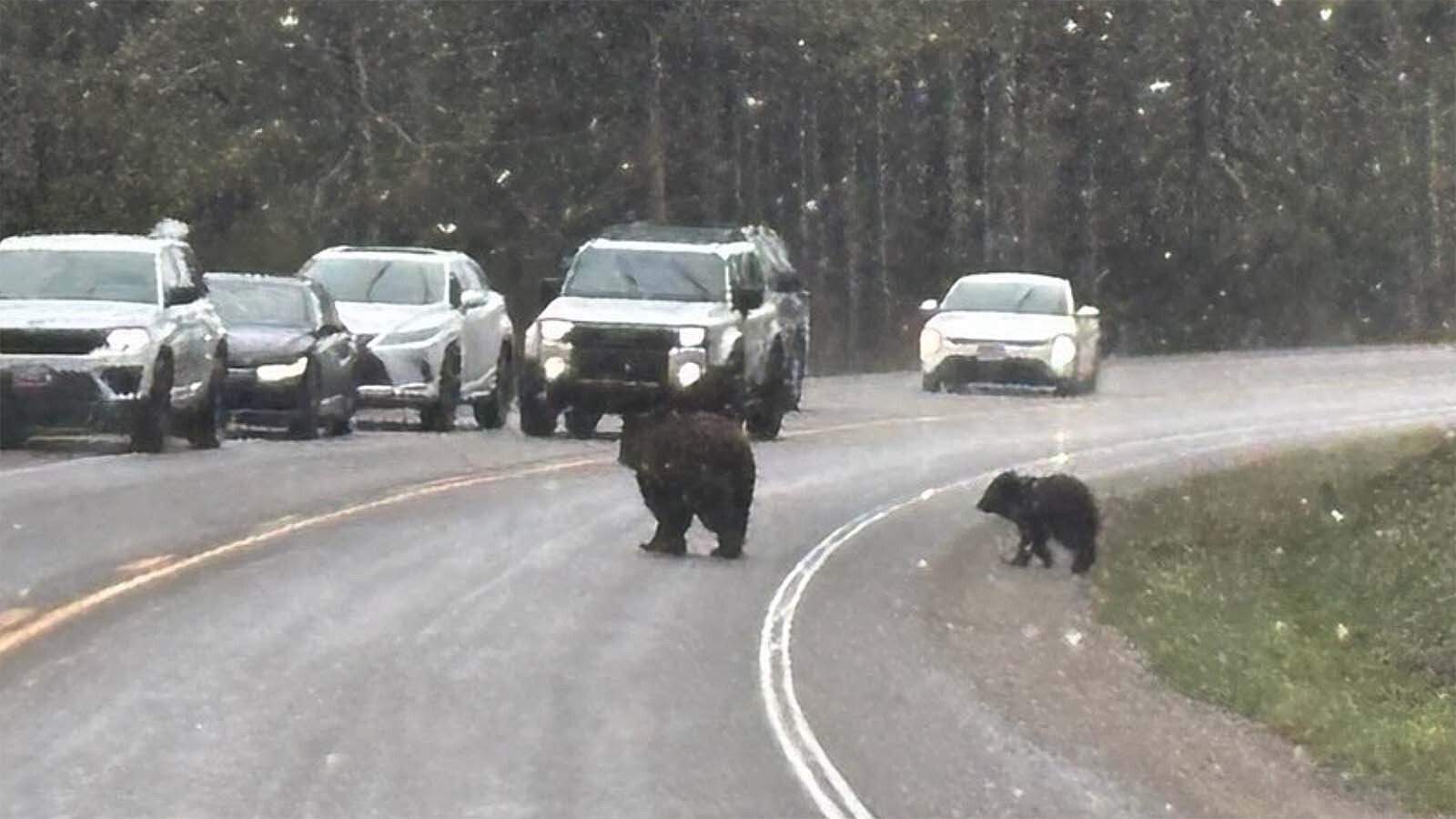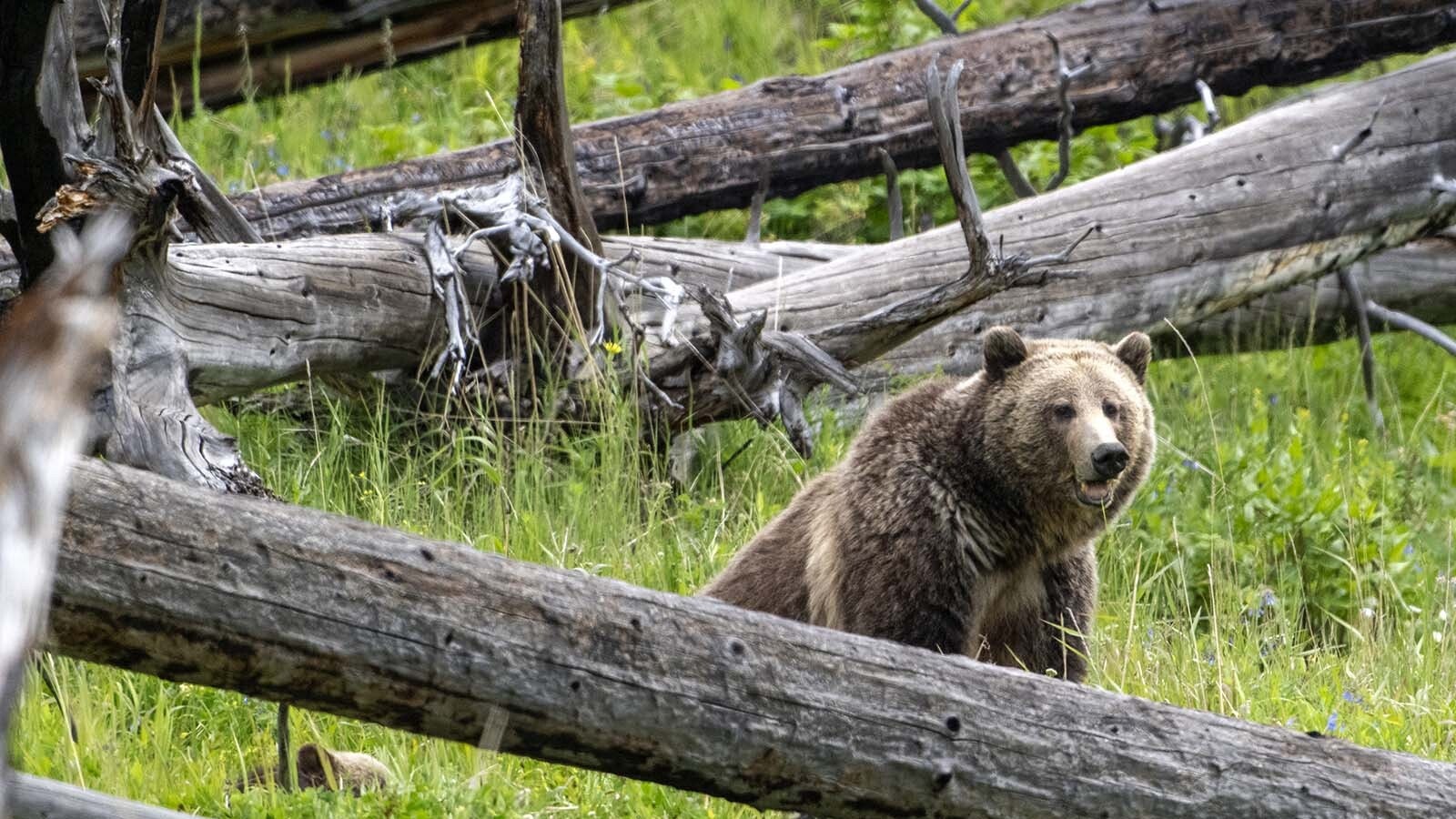Many of Yellowstone National Park’s thermal features are defined by their personalities. The regularity of Old Faithful, the colossal noise and steam clouds of Steamboat Geyser or the colorful palette of the Artists’ Paintpots.
By that logic, the Red Spouter might be Yellowstone's most ambitious. Instead of building a reputation around a single personality, it tries to — and succeeds at — being many things. Along the way, it’s fascinated to watch this boiling and popping pool of red goo, which appears to be announcing the eminent appearance of a demon from the netherworld.
As the seasons in the park change, this relatively young thermal feature changes with them.
“It's all related to water,” said Mike Poland, scientist in charge of the Yellowstone Volcano Observatory. “It's the same feature, but the availability of water makes all the difference in its appearance.”
The Earth Moved
While many thermal features in Yellowstone have been active for hundreds or thousands of years, Red Spouter can trace its origins to a single day only 65 years ago.
On Aug. 17, 1959, a magnitude 7.3 earthquake was recorded just outside the West Entrance of Yellowstone. The earthquake's intensity caused flooding and landslides, killing 28 people.
The Hebgen Lake earthquake remains the largest in the U.S. Intermountain West in modern times.
“That earthquake shook the hydrothermal system creating new pathways for hot water and gasses to reach the surface,” Poland said.
Inside the park, the quake's intensity altered the behavior of many thermal features. It also created a few new ones, including the Spouter, which shows that nature is indeed red in tooth and claw.
Just Add Water
Red Spouter is a fumarole. And a hot spring. And a mudpot. It all depends on the season.
Poland said the key to understanding Red Spouter's behavior is water availability. The absence or abundance of water determines the mood of the thermal feature.
“When groundwater levels are very low — typically in late summer — the feature behaves as a fumarole, with gases venting into the air,” he said. “But when groundwater levels are higher, typically in spring, it can be a roiling mudpot or even look like a spring.”
This isn’t an uncommon phenomenon in Yellowstone. Many thermal features in the park change behavior depending on their seasonal saturation.
Geysers like Old Faithful are fed by an underwater plumbing system, which forces water through narrow openings to create dramatic displays of spraying water. Like many other thermal features in the park, Red Spouter's activity depends on the amount of surface water from rain, winter snow runoff or other indirect sources draining into its area.
“Go to Artists’ Paintpots, or the Mud Volcano area, or some features at Norris (Basin) in the spring and again in the late summer and compare the sort of activity you see,” Poland said. “It'll look different because of the different water conditions. This is especially the case for fumaroles and mudpots – they will look different depending on water levels.”
As for the color, Poland isn’t entirely sure why the Spouter has a reddish hue. Some thermal features get their color from the microorganisms thriving in the water, but he thinks there’s a more down-to-earth explanation for Red Spouter.
“Offhand, I'm not sure, but I suspect it is related to the rock type in that area,” he said. “It probably leaches color from the clays that would be present.”
Easy Access
Yellowstone National Park has some amazing secrets, but Red Spouter isn’t one of them. It’s one of the central features along the Fountain Paint Pot Nature Trail boardwalk.
Anyone hoping to experience Red Spouter as a splashing hot spring or gloppy mudpot should go in winter or spring when there’s ample moisture in and around the vent. In the dead heat of summer, the spouter will be steaming, but likely not much else.
Poland doesn’t think Red Spouter is harboring multiple personalities. Instead, it's another fascinating reflection of how the surface world of Yellowstone impacts how visitors and scientists experience the forces at work deep under the surface.
“I wouldn't say Red Spouter has multiple personalities,” he said. “(The fact) that it changes with the seasons is its personality. It’s all related to water.”
Andrew Rossi can be reached at arossi@cowboystatedaily.com.

